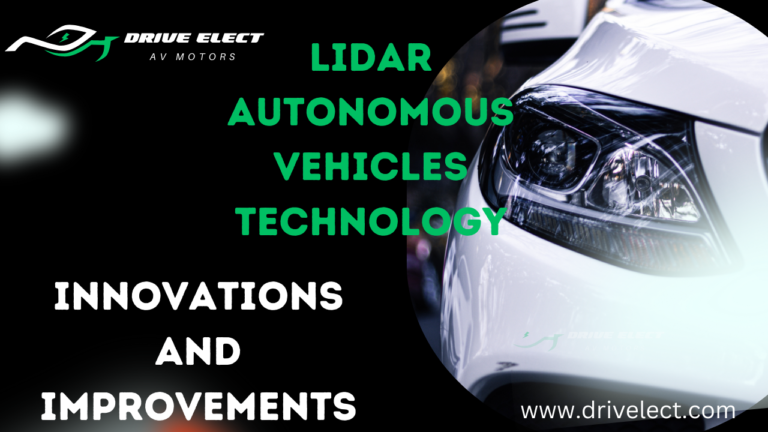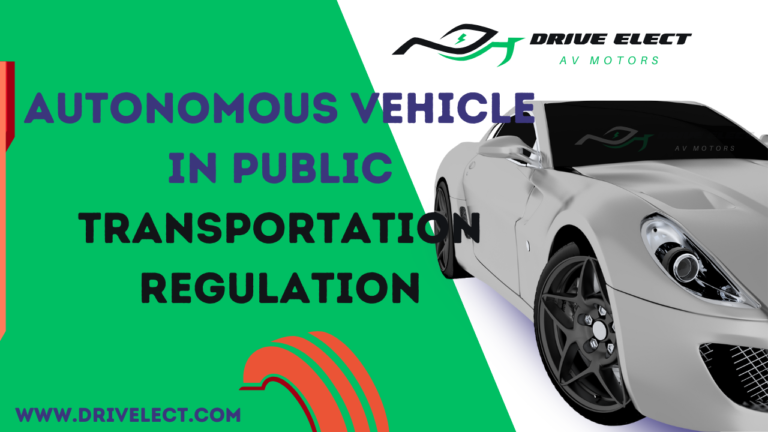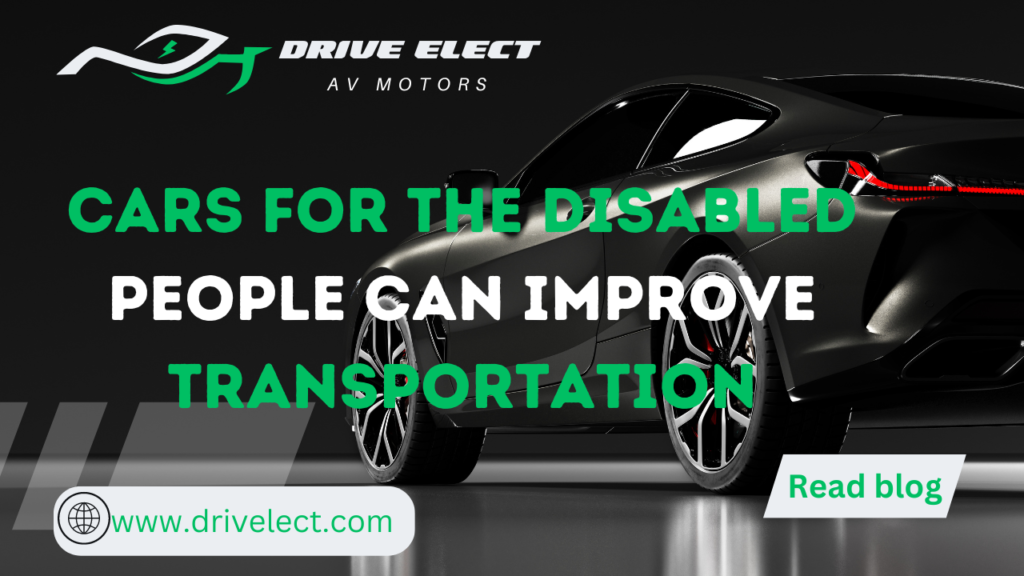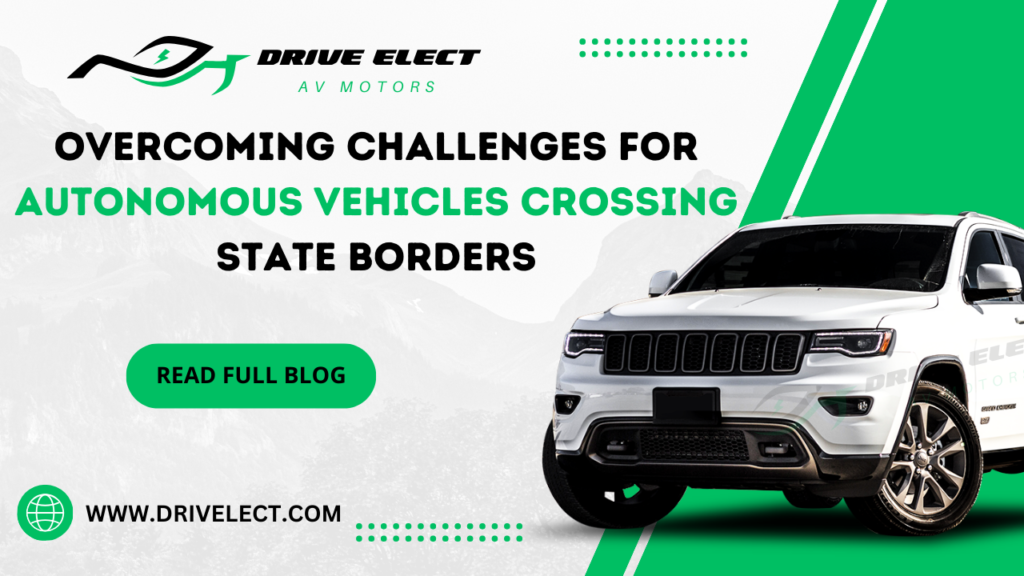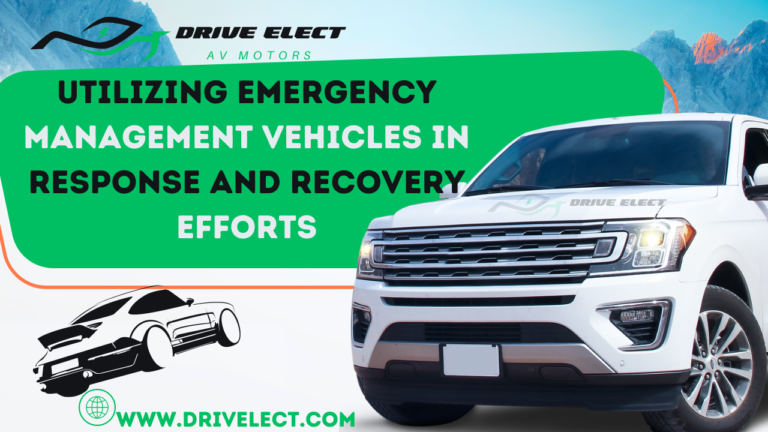Table of Contents
ToggleAVs in rural communities:
The impact of autonomous vehicles in rural areas has not been studied much, especially regarding how practical and accessible they might be. Unlike cities, rural areas often lack reliable public transportation, making cars essential for things like going to work or shopping. Figures show that rural households in the U.S. typically own more vehicles than urban ones.
In 2015, rural families spent around 13.7% of their income on buying, maintaining, and fixing cars, compared to 8.3% for urban households. Affordability is a big concern for rural citizens. The worry is that self-driving cars might be too expensive for them at first. Building the necessary infrastructure for self-driving cars in rural areas also questions where the money will come from. Here, we will discuss the hurdles and advantages of self driving cars in Countryside Regions.
Advantages of self driving cars
Accessibility:
-
Improved Mobility:
Improved Mobility is one of the advantages of self driving cars. Autonomous vehicles can provide increased mobility for citizens in remote areas, especially those who may be unable to drive due to age or disabilities.
Economic opportunities:
Transport of Goods:
AVs can enhance the efficiency of transporting agricultural products, increasing the local economy.
Community connectivity:
-
Connecting Remote Communities:
Autonomous vehicles can help connect isolated communities by providing reliable transportation services.
Safety improvements:
-
Reduced Accidents:
AVs can decrease the number of accidents caused by human errors, which can be critical in areas where emergency services are not readily available. Reduced accidents is also include in the advantages of self driving cars.
Efficiency in Agriculture:
-
Precision Agriculture:
AV technology can be applied in farming for tasks like planting, harvesting, and monitoring, leading to more efficient and exact agricultural practices.
Tourism and reaction:
-
Enhanced Tourism:
Self-driving cars can improve accessibility to rural tourist sites, contributing to the growth of local tourism.
Environmental advantages of self driving cars:
Fuel Efficiency:
AVs can be programmed for optimal fuel efficiency, potentially reducing the environmental impact of transportation in rural areas.
Scalability: will automated buses follow?
As AVs become more common, companies are considering using similar technology for automated buses, especially in rural areas where public transportation often falls short.
Right now, rural public transportation has its fair share of problems. There needs to be more infrastructure, limited bus schedules and stops, and a lack of information about when buses run and how much they cost. Some other transit models have been tried but face scalability problems and schedule glitches—the risk of being turned down for a ride if you ask too late.
Enter automated buses, which could be a game changer for rural communities. If these buses can change their routes on the fly, it might solve the problem of needing a bus stop nearby. For instance, if someone in a rural area needs a ride, the automated bus could adjust its route to pick them up even if it wasn’t planned.
However, we need to be careful before we unleash these high-tech buses. We must carefully test and plan these solutions to make sure they work well in real-life situations if the automated bus needs to be set up to allow last-minute pickups. We could end up with the same problem as people in rural areas being left without a ride if they didn’t plan.
Automated buses can fix transportation issues in rural areas. But we need to think it through carefully before making it happen. By understanding the current problems in rural transportation, we can ensure that introducing AVs and automated buses won’t make things worse. Improve it improves people in these areas.
Automated buses impact on rural communities:
New business models:
To make Autonomous Vehicles work in rural areas. One innovative approach is creating new business models that encourage people to embrace this technology. These models could offer choices of regular public transportation and ride-sharing services. Big companies like Ford and BMW are already dabbling in AV technology and hinting that private businesses might lead the way in getting everyone on board with self-driving cars.
However, there are still some tricky issues to figure out. We need to consider ethical choices and ensure the roads in rural areas can handle AVs. Consider the impact on jobs in the ride-sharing sector. These big questions need careful thought and solutions as we create new technologies and business plans.
One major problem is the condition of rural roads. Self-driving cars often rely on clear road markings, but these guidelines might need to be included in many rural areas. This creates an opportunity for companies to develop self-driving vehicles that don’t depend on covered guidelines, addressing a crucial gap in the market.
Another hurdle is the technological setup in rural places. Self-driving cars need good internet connections (broadband technology), and rural areas might need better infrastructure. So, there’s room for improvement in improving these communities’ internet.
Looking at the future of transportation, some companies are considering a mix of self-driving taxis and ride-sharing becoming the primary way people get around. But this might not fit well in rural areas where walking or hailing a cab isn’t the usual way to get from place to place.
At the core, making self-driving cars work in rural areas means tackling road challenges, improving technology access, and creating business models that fit the unique needs of these communities. It’s a puzzle that needs thoughtful solutions to make sure everyone benefits.
Rural areas at large:
It isn’t easy to understand that rural areas aren’t one-size-fits-all. They differ not only between states and countries but also within them. “Rural” can vary, with some meanings focusing on population density and geographical isolation. Moreover, cultural differences and the economic development of a rural area, whether it’s centered on agriculture, industry, tourism, etc. Also, play a role in shaping these communities.
The closeness of a rural area to an urban area is another critical factor. The closer they are, the more likely advantages of self driving cars might be introduced sooner, and the deployment speed could differ between rural and urban settings.
Crucially, the needs of rural communities vary widely, influencing whether advantages of self driving cars are a good fit for a specific area and how they should be introduced. This diversity highlights the importance of considering the angles of rural residents themselves. They should be seen as valuable contributors to the decision-making process, involving them in discussions before introducing AVs to their communities.
Manufacturers of AVs and policymakers need to recognize that each rural community is unique. What works for one may not work for another. Therefore, the preferences and needs of those living in these areas should guide decisions about whether AVs are suitable and how they should be applied. While there are advantages of self driving cars, there are also drawbacks.
In essence, recognizing the diversity among rural communities is critical. I was listening to the voices of rural residents. Ensures that AV deployment considers their specific needs and concerns, making introducing this technology a collaborative and well-informed process.
Hurdles
Limited conditions:
-
Road Conditions:
Rural areas may need better-maintained roads, which can challenge AV navigation and sensor reliability.
-
Lack of Advanced Infrastructure:
The presence of high-tech infrastructure like devoted lanes and intelligent traffic signals may help AV performance.
Sparse and unpredictable traffic:
-
Low Traffic Density:
The rare and sparse traffic in rural areas may make it challenging for AVs to adapt to random driving setups.
-
Wildlife and Livestock:
Rural areas often have wildlife and livestock near roads, adding complexity to navigation algorithms.
Communication infrastructure:
Limited Connectivity:
Remote areas may lack robust communication infrastructure, affecting the real-time data exchange necessary for AVs to operate effectively.
Weather conditions:
Extreme Weather:
Countryside areas may experience extreme weather conditions, such as heavy snowfall, impacting sensor visibility and road pull.
Emergency response challenges:
-
Limited Emergency Services:
Rural areas may have slower emergency response times, impacting the effectiveness of Autonomous vehicles in emergencies.
Public perception and acceptance:
Trust Issues:
People in rural areas may need to be made aware of or trust new technologies, potentially leading to resistance or skepticism towards AVs.
The road fast for autonomous vehicles appears rough, with uncertainties and challenges. Before these self-driving cars can smoothly traverse our cities and rural areas, they must defeat hurdles like heavy rain, snow, and roads that we have yet to see. Imagine your car driving on a dirt road; we are not quite there yet.
Even when the technology improves, this is a long ride to get regulatory nods and widespread public acceptance. The first batch of AVs hitting the market will be costly and all-powerful. Expect them to be expensive devices with limited tricks up their covers. This, coupled with the uncertainties of weather and uncharted territories, might make people hesitant to display on a vehicle that could throw in the towel mid-trip.
Moreover, getting these autonomous miracles road-ready will take years of testing and a green light from the rules. While we dream of self-driving cars seamlessly zipping us around, reality says there is still a journey of uncertainties and baby steps before we can comfortably sit back and let the car take the wheel.


